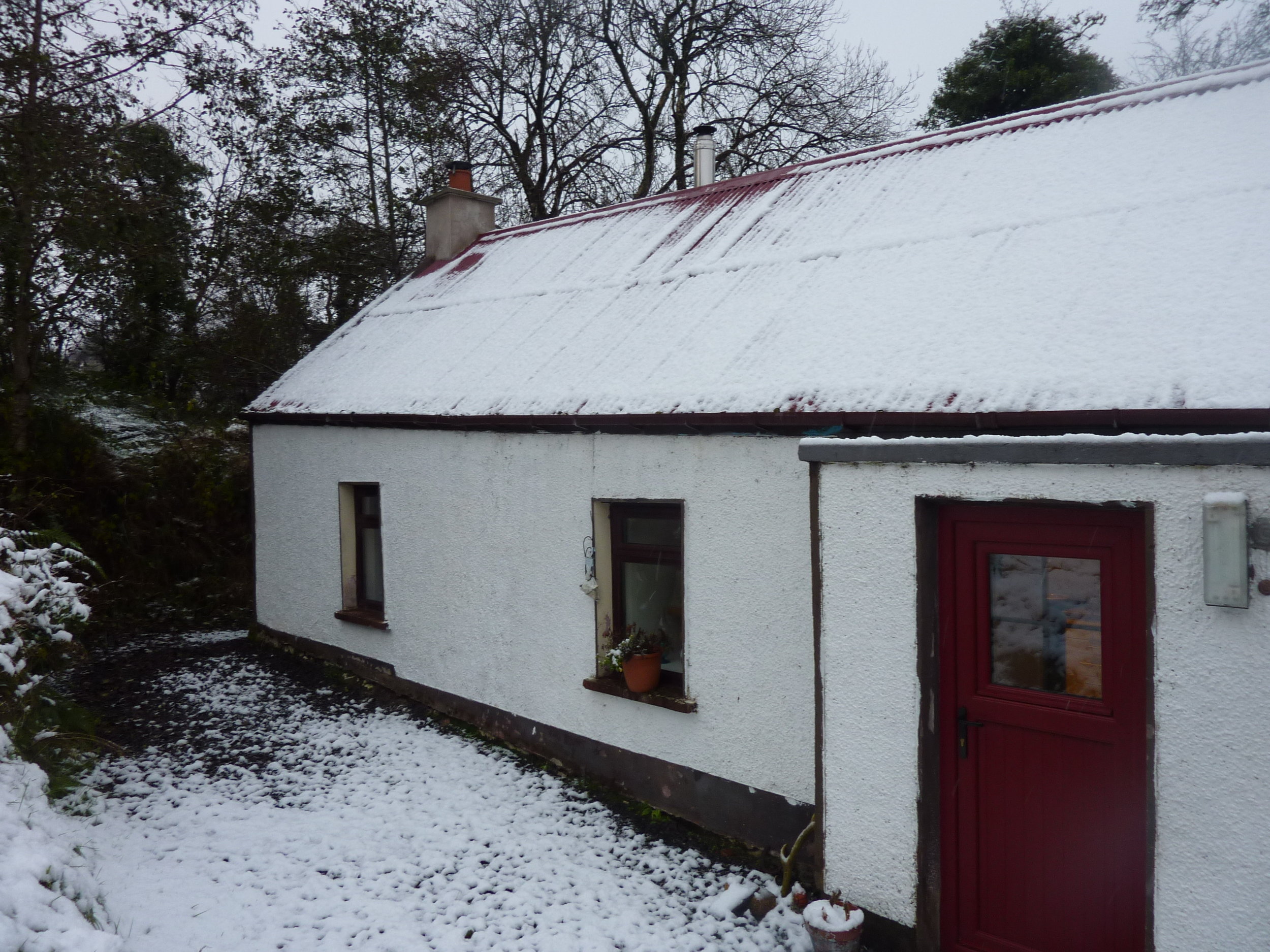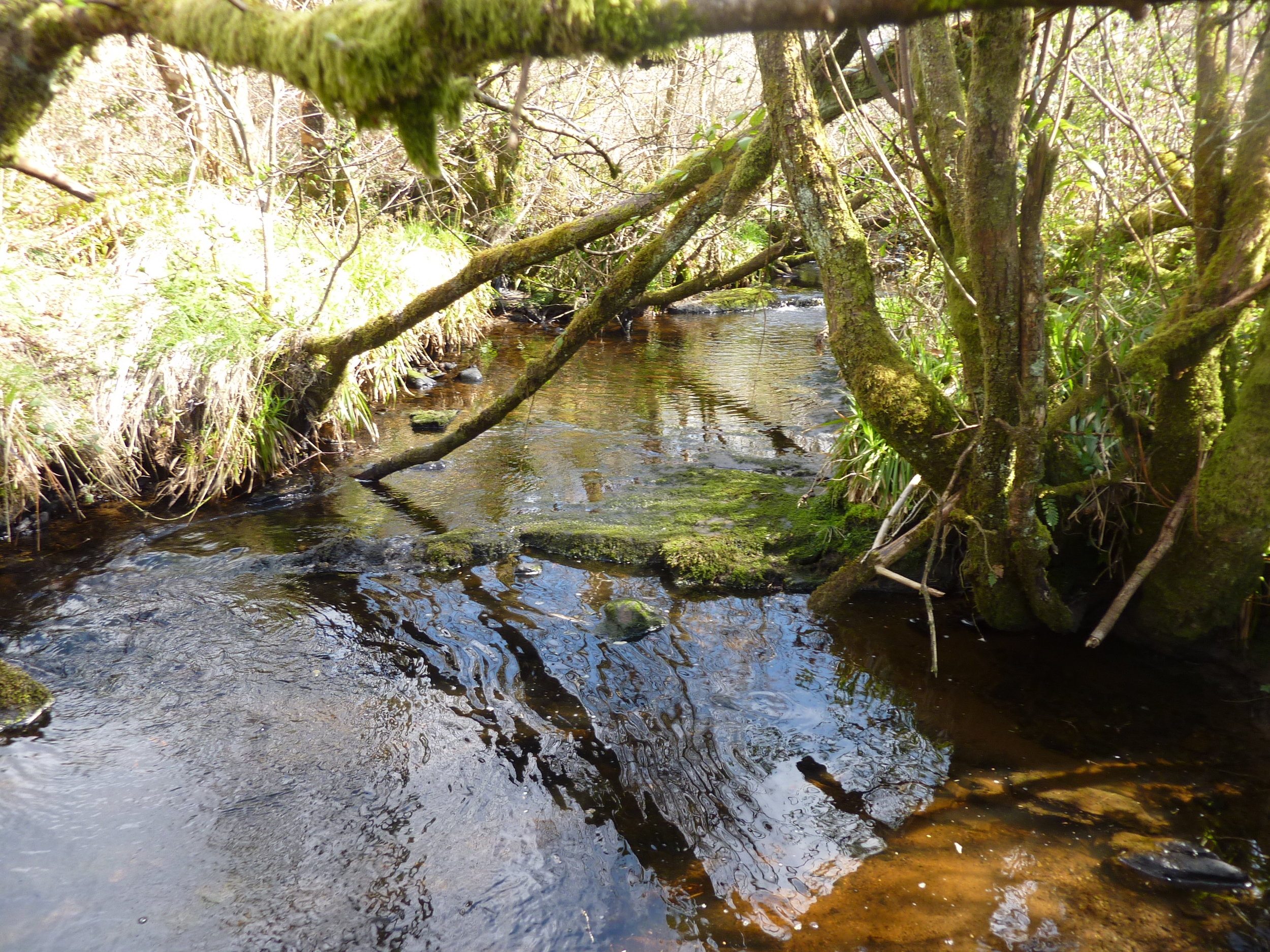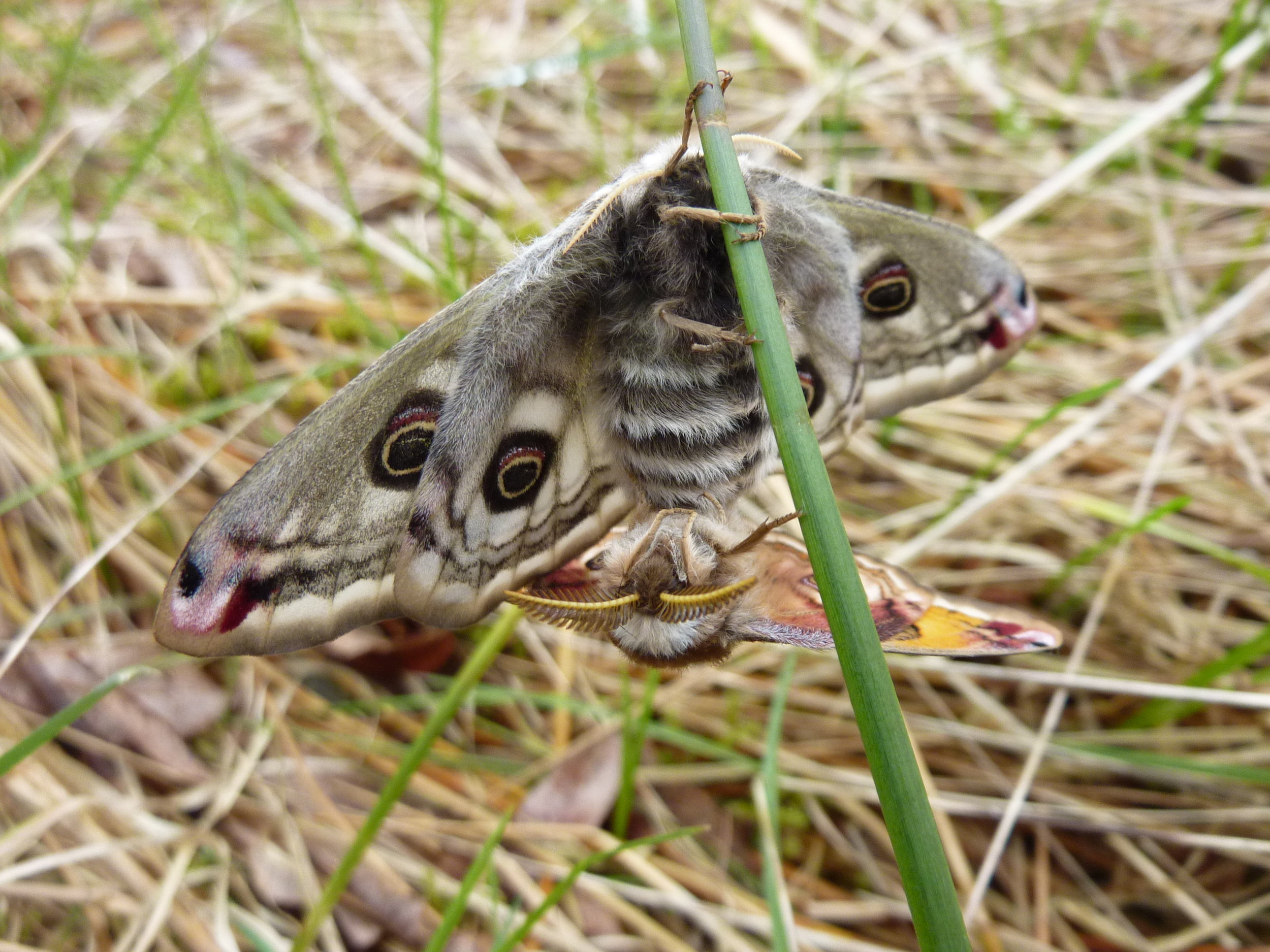Our great friend Maurice Hughes passed away in January 2017. Maurice was the first regional officer for Butterfly Conservation in Northern Ireland and was hugely influential for all of us at Allen and Mellon. It was Maurice who introduced Dave and I to the joys of finding and surveying Marsh Fritillary larval webs. Following that we worked together on many Marsh Fritillary projects across Ireland, forming a formidable team along with Anna Hart and Will Woodrow.
Maurice worked tirelessly to champion the Marsh Fritillary and its conservation in Northern Ireland with decision makers, landowners and the public. His efforts have resulted in this being one of our most high profile butterfly species and his work has been carried on by BCNI through Catherine Bertrand and others.
Maurice played a major role in the discovery of the Cryptic Wood White in Ireland, working with Brian Nelson to obtain valuable data on this species. He was also at the forefront of the huge surge of interest in moth recording here. Micro-moths in particular were so poorly recorded before Maurice stepped in, securing funding for the first micro-moth checklist for NI, which was compiled by Ken Bond and published in 2009.
Maurice enjoyed moth trapping and we had many exciting moth-ing sessions together. On our more ambitious expeditions we all benefited from his technical expertise and ability to organize complex logistics. Most memorably, Maurice was a member of the team that re-discovered the White Prominent moth in County Kerry in 2008. The video of that discovery can be viewed on this website and provides a poignant reminder of happy days in the field with a real gentleman and a true friend.













